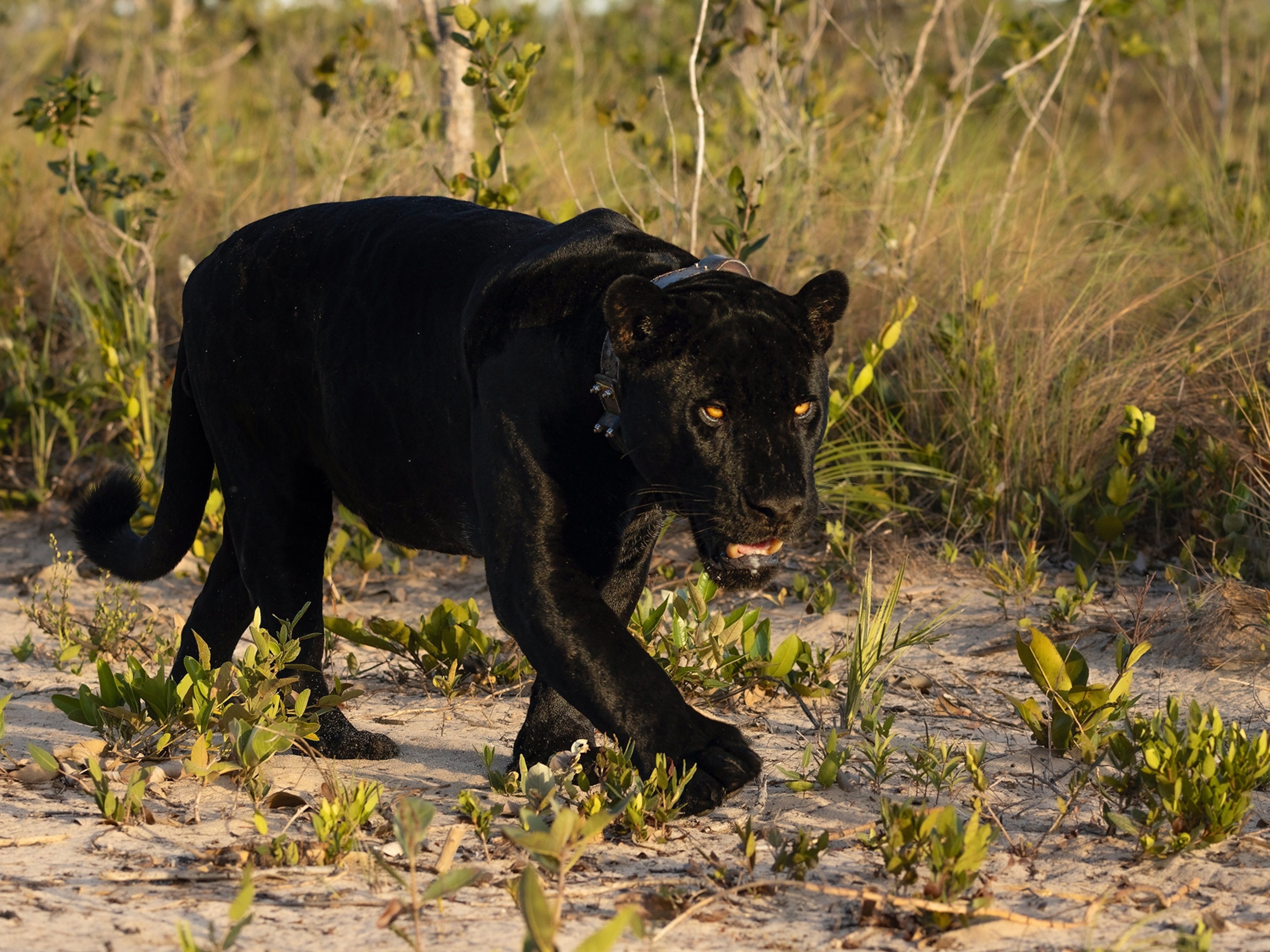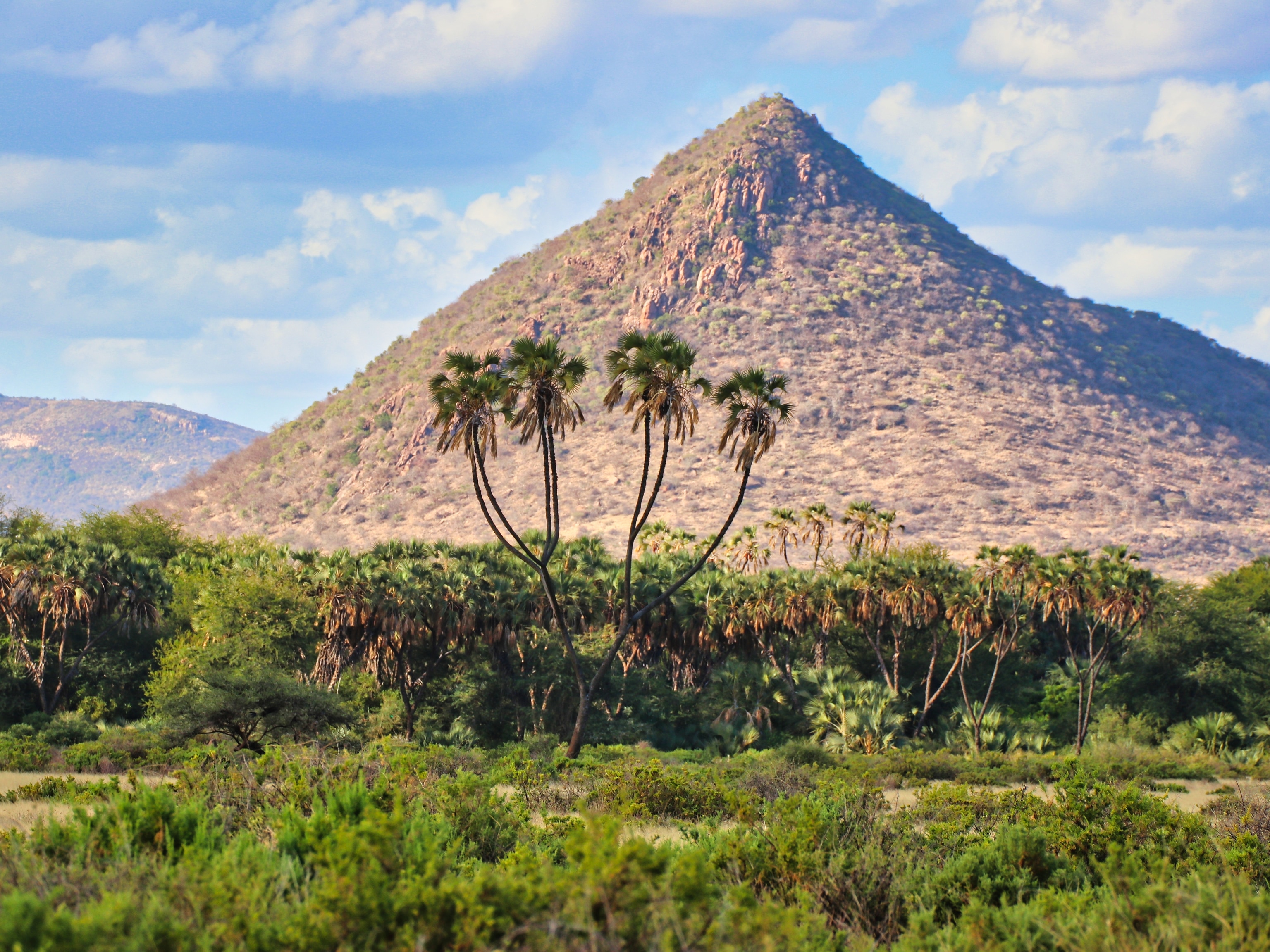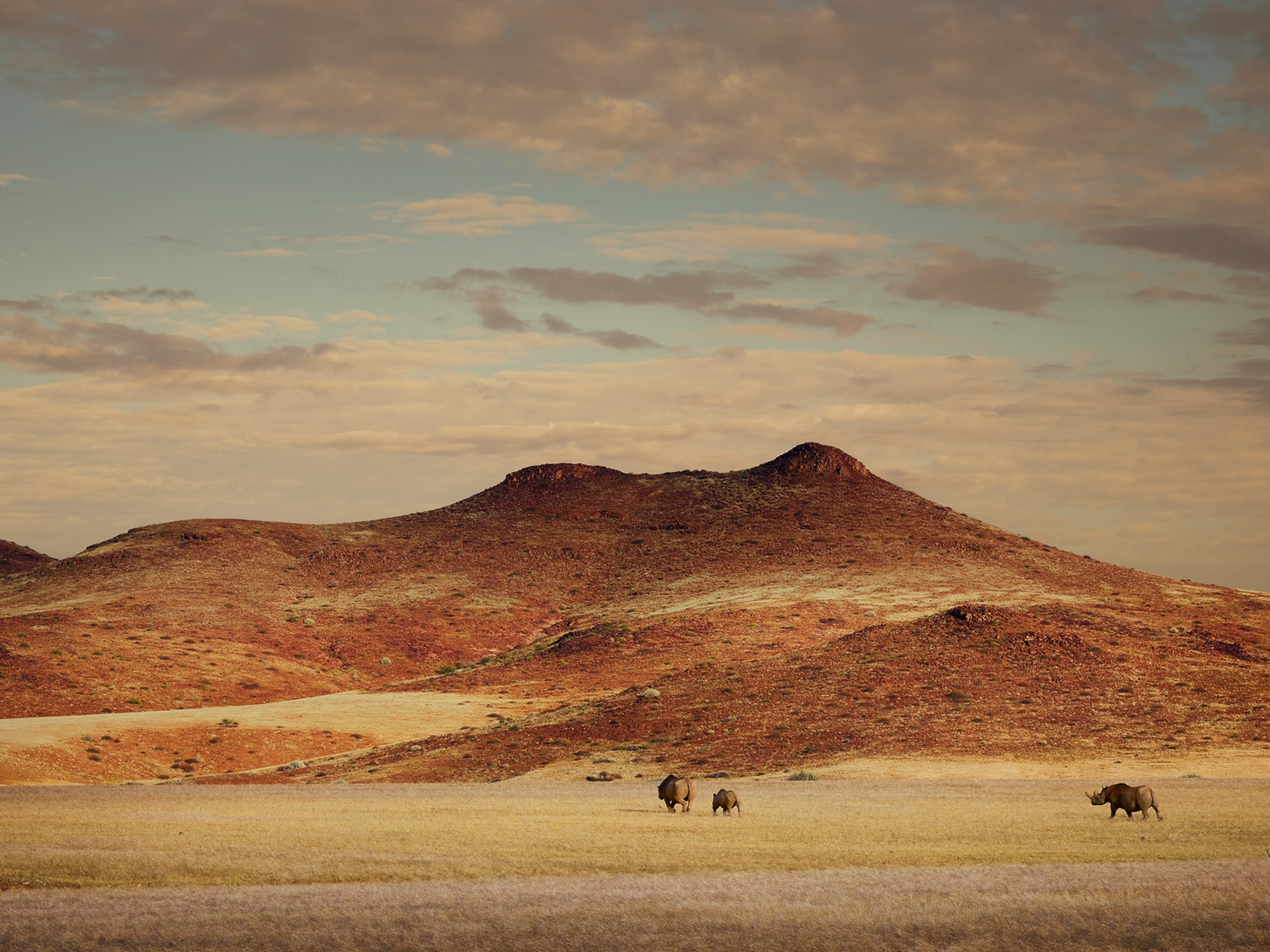
The call of the wild: searching for grizzly bears and whales on British Columbia’s Vancouver Island
Whether you’re looking for bears in old-growth rainforest, or scanning the horizon for breaching humpbacks, nature abounds in Canada’s wildest province.
Vast, empty beaches strewn with driftwood. Deep rivers. Dark, forested mountains with sea mist clinging to trees like spirits. This, to my mind, is the scenery synonymous with the coast of British Columbia, Canada’s westernmost province.
BC comprises over 27,000sq miles of mountains, rivers, valleys, fjords, islands, desert and coastline. It also has only around 13 people per square mile, so if alone time is the goal, then this is the place.
I grew up in BC, but now I’ve returned to it as a visitor, on a journey taking me across the Johnstone Strait, from the heart of grizzly bear-viewing country in the remote Knight Inlet — a 69-mile-long fjord gouged out by the last Ice Age — to the surfers’ paradise of Tofino, on the Pacific Ocean side of Vancouver Island.
My first stop is the remote, floating Knight Inlet Lodge. I had arrived in a vintage 1956 de Havilland Otter floatplane; apart from by boat, this is the only other way to reach the hotel — the terrain is just too rugged for roads. The rain lashes like a waterfall, practically obliterating the view of the mainland, just two miles away, but the guides don’t waste any time worrying about the weather. “A little rain never hurt anyone,” says lead guide Dean Dougherty, a 60-year-old cross between Grizzly Adams and Indiana Jones. “Kayak or motorboat?” he jokes, pretending the choice is available. “Kayak it is, then,” he says, tossing fluorescent red waterproofs and life vests at each of our group of 12. “We keep you busy from dawn till dusk,” he promises.
Dean is a retired high school science teacher, with the level of patience that can only come from herding teenagers around a classroom. Those of us who’ve never manned a kayak before are given some simple paddling exercises, tips on getting in and out and how to hold position in a current.
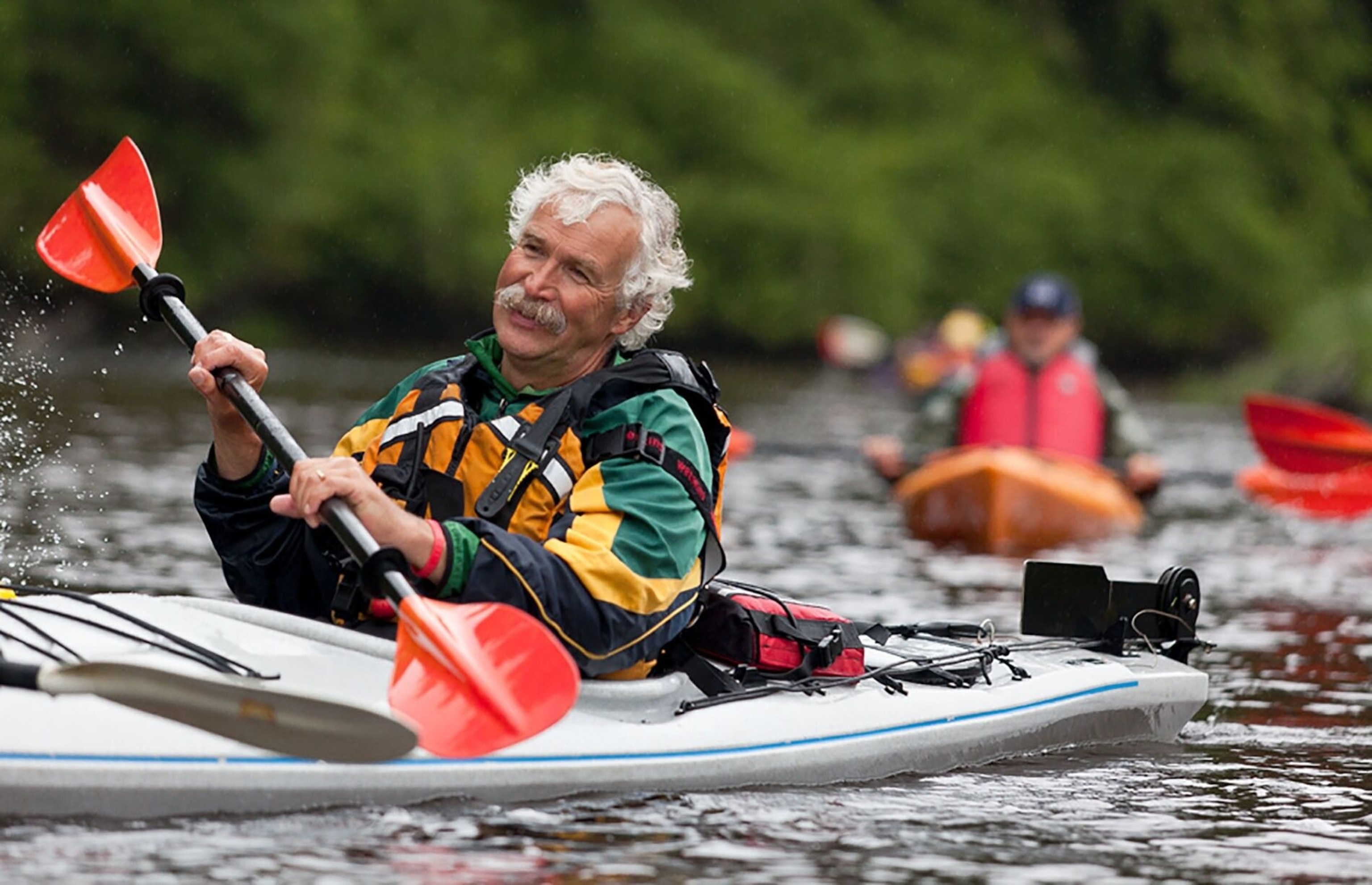
As our small armada of brightly coloured kayaks glides silently away from the lodge, the sky is a vast palette of greys, whites and blacks. Spiky Sitka spruce, giant Douglas-fir and moss-covered western redcedar dominate the landscape. In the distance, small, white wisps of cloud move between the dark trees, while their larger kin obliterate the tops of surrounding mountains. The air is crisp and sweet, with the faintest hint of brine coming from the exposed kelp beds along the shore; no wonder the Indigenous peoples of this area (the Da’naxda’xw Awaetlala, Mamalilikulla, Tlowitsis, Wei Wai Kum and K’ómoks First Nations) have always viewed the land with such wonder.
Currently, the inlet is home to about half-a-dozen female grizzlies and their cubs, with males moving into the area during the summer mating season and staying for the autumn salmon run, when up to 50 bears at a time converge on the Glendale River, at the eastern end of the fjord, to gorge on fish before winter hibernation.
At the mouth of the river, we reach a thick swathe of protein-rich sedge grasses lining the shore — the perfect meal for omnivorous grizzly bears. Dean sees them first and with the sweep of his hand, a hush falls over the boats. In front of us, a mother and two cubs are foraging among the barnacle-covered rocks of the intertidal zone. Despite being among several kayaks, I feel as if I’m alone, just me, the bears and this vast rainforest. Despite growing up in this province, no matter how many times I venture into the bush it always leaves me with a sense of awe, like I’m a small dot in a huge landscape I can never truly find the words to fully describe.
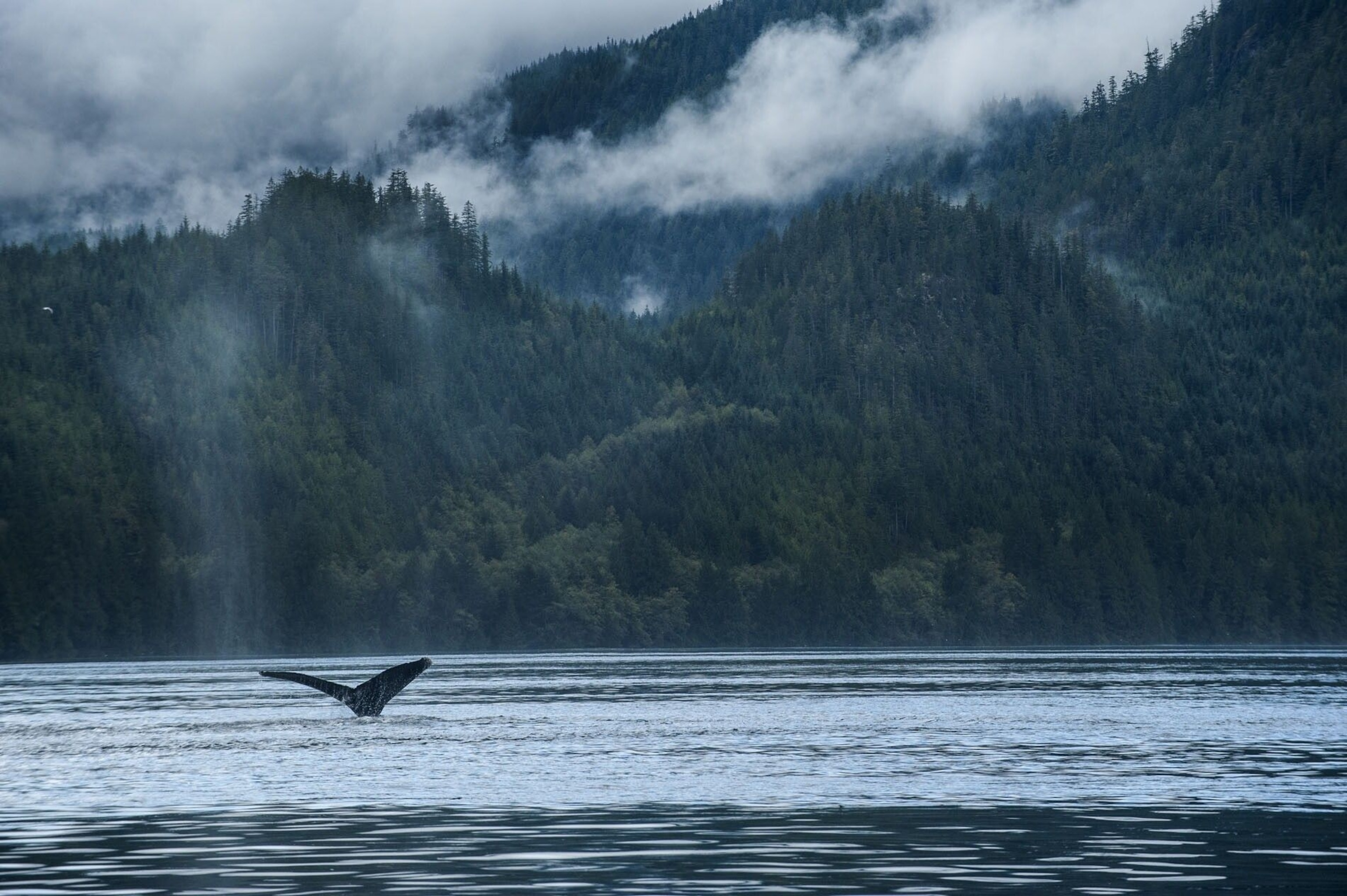
The mother bear is Lenor. Her two cubs — yet to be named — are bundles of brown fur, busy scraping the nutrient-rich barnacles off the boulders with their sharp teeth. Feasting on the nearby sedge grass, Lenor looks up and seems to nod in our direction, as if granting permission to enter her world. We keep back, 50 metres, no closer; an exclusion zone that allows the bears to relax around people. Although they’re surprisingly calm in our presence, that can change in a split second — something Dean reminds me of when I occasionally drift too close, hoping to take the perfect photograph.
We watch for more than 30 minutes. There’s no sound other than the lapping of waves against the kayaks and the scratching of teeth on rocks. Then, Dean says we need to give the bears some breathing space and leads us up the Glendale River.
We paddle hard against the stream, fighting a headwind and heavy rain, but at least it’s not cold. And all the hard work earns us a glorious reward: black-tailed deer. It’s a testament to the remoteness of this wilderness, as the deer — unafraid, perched on the river’s edge — are so close they could practically climb in our kayaks. In the distance, bald eagles swoop and soar.
As we re-enter the salty inlet an hour later, another grizzly is spotted. It’s Bella and she’s in season, looking to mate. “Bella has mated with at least five males already this summer,” Melanie Clapham, a bear researcher from the University of Cumbria, in the UK, informs us.
One last push along the shoreline, against the elements, and I’m back at the lodge. Over supper, Dean Wyatt, who co-owns the lodge with his wife, Kathy, describes the appeal of his wilderness hotel. “I still remember my first trip like it was yesterday,” he says. “It was a cold November day with a slight drizzle; when we arrived at the lodge there was a huge cauldron of fresh cooked crabs bubbling in a pound of melted butter and garlic on the front deck. I thought I’d died and gone to heaven: solitude, majesty, stunning scenery. I knew then, one day I would find a way to take this over.” And that he did.
The morning I leave, my transport is waiting; this time it’s a de Havilland Beaver, the workhorse floatplane of the BC forests. After a graceful, if slightly bumpy take-off, the pilot dips his wings, seemingly saluting the lodge as we disappear over a mountain.
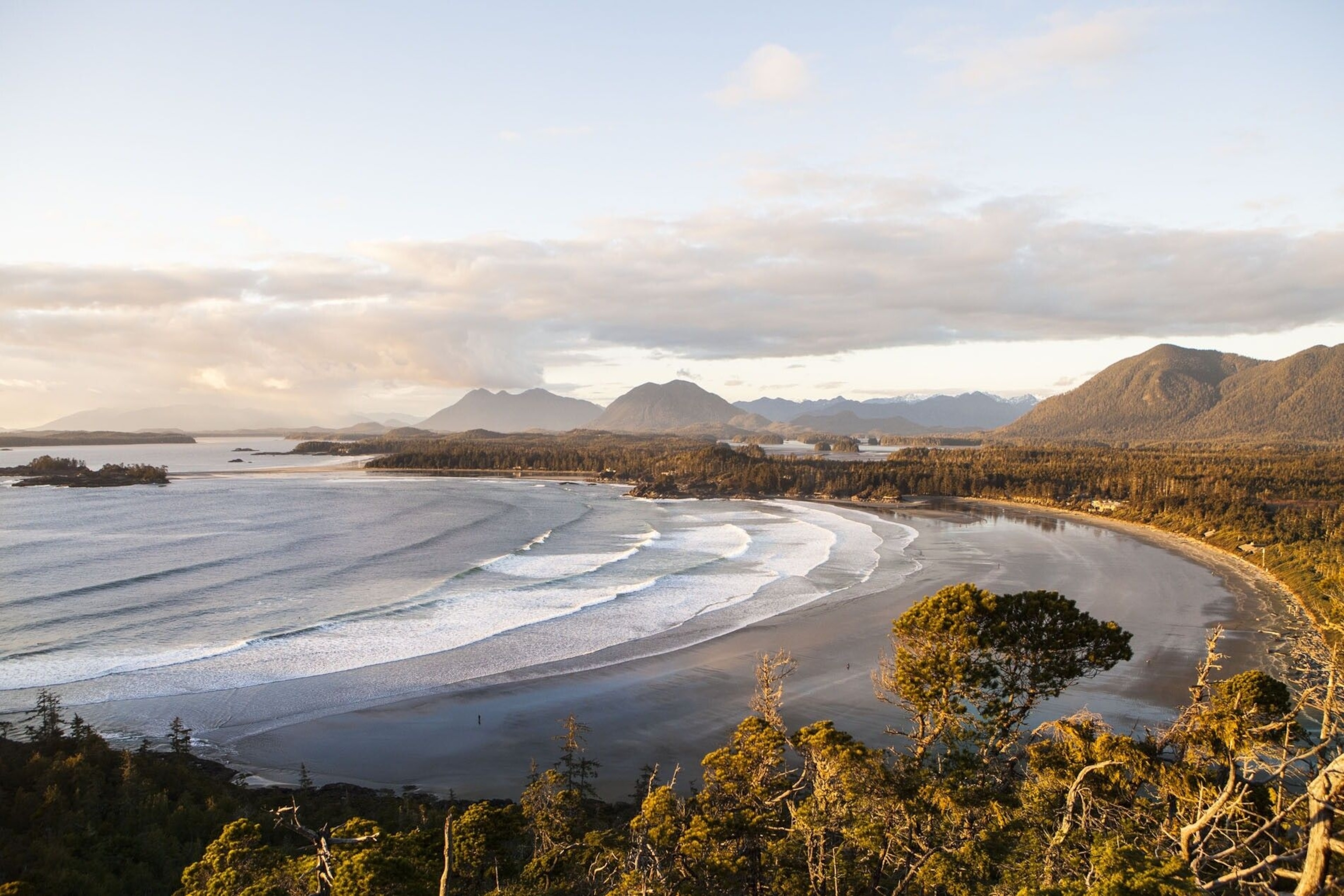
Across the island
Tofino is western Canada’s surfers’ paradise, offering a California-style vibe paired with a hippy, pacific-northwest BC attitude. Surfers come here to take advantage of long stretches of lightly populated Pacific Ocean beaches graced with uninterrupted rollers (the nearest country over the western horizon is Japan, some 4,600 miles away). But what sets Tofino apart from other top surf spots is its position at the edge of one of the largest wildernesses on Earth: the Great Bear Rainforest. Knight Inlet is a part of this wild rainforest, seeing it here from a new angle across the water.
Marla Barker is a skipper and guide with Jamie’s Whaling Station, a whale tour operator. I meet up with her on my last day and all but demand to see whales as a final seal on my trip. “Don’t worry,” she tells me, “We’ll see them; they’ve been active all season.”
Setting off on a dry morning, our destination is Hot Spring Cove, in Maquinna Marine Provincial Park, north of Tofino. The boat journey there takes around 90 minutes, and along the way I keep my eyes trained on the sea, urging it to give up a spouting humpback. Whitecaps become blowholes and driftwood logs tail flukes — but alas, no real whales.
We dock and I console myself with a walk through the park, a Tolkienesque world of Sitka spruce and Douglas-fir — some of the latter up to 800 years old and over 300ft in height. Spanish moss, a fibrous lichen, is everywhere, dripping from branches in arm-length strands, like giant forkfuls of pesto linguine.
Nearby, the geothermal hot springs are busy, with several people soaking sore muscles after long hikes in the mountains. The springs cascade down to form a series of small waterfalls and half a dozen rocky pools, the water in each slightly cooler than the last as spring water mixes with the salty, ocean swells.
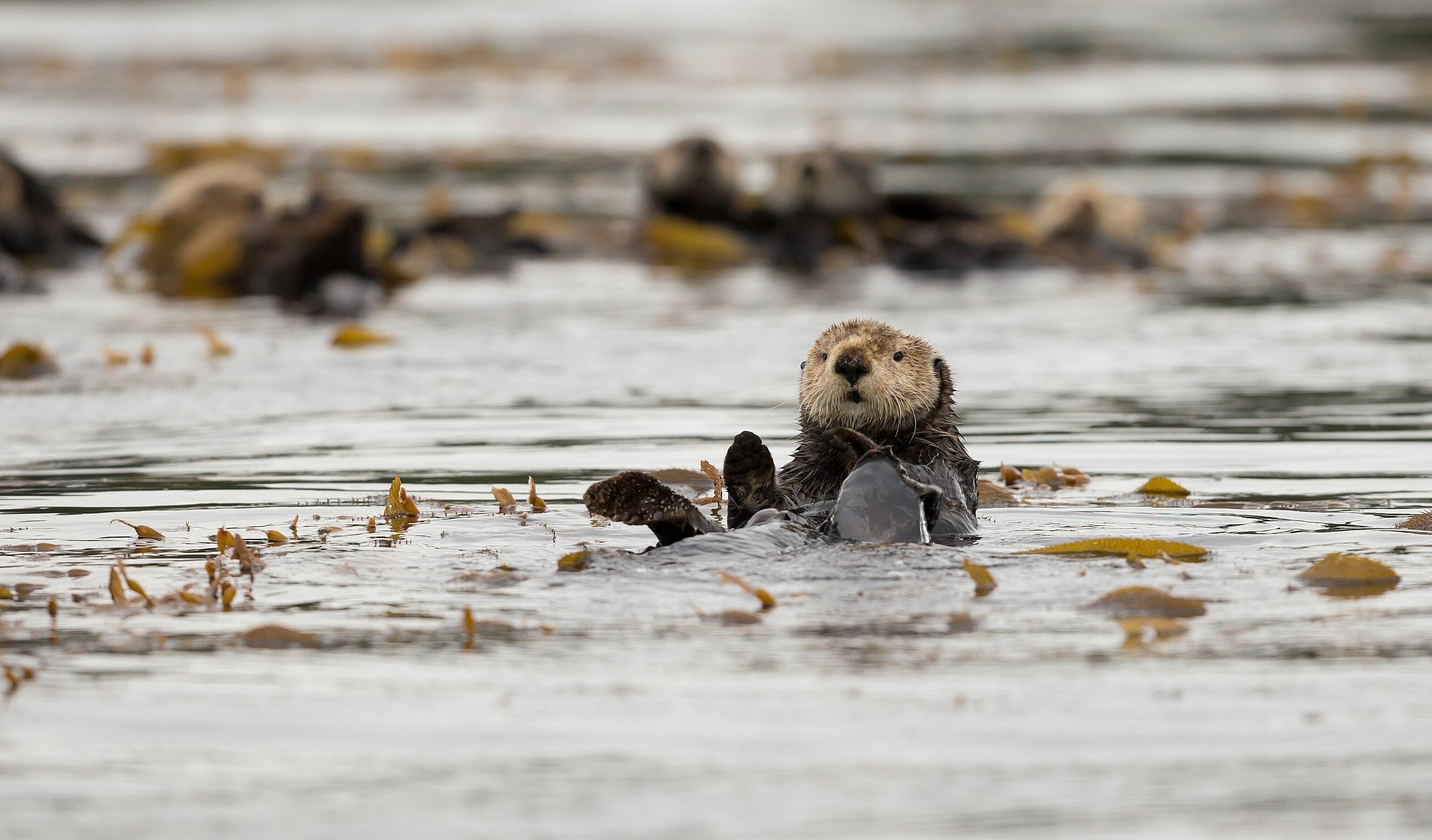
As I return to the dock for my return journey to Tofino, a sea otter as big as an Alsatian passes by nonchalantly on its back. On the otter’s chest is balanced a large clam, which it hits with a stone to get to the gooey interior. As this is happening, black, beady-eyed ravens hop along the wooden dock looking for a handout, while a few bald eagles cruise overhead, waiting for an opportunity to steal any of the ravens’ ill-gotten gains.
“We’ll go back on the open ocean side,” says Marla, casting off the boat. “The wind has died down, so it won’t be so choppy, and that’s our best bet for some whale sightings.”
Just as I’m about to give up hope of ticking whales off my to-spot list, a fellow passenger shouts “Thar she blows!” There are three humpbacks: a mother, calf and a large male — a combined total of about 100 tons of muscle and blubber — frolicking off Flores Island, in Clayoquot Sound. There’s a dazzling display of tail flukes, fountains of silvery spray from blow holes and finally — finally — a full breach; a 40-ton behemoth reaching for the sky, crashing down to create its own personal tsunami.
My trip to Vancouver Island ends with a ferry ride across the Georgia Strait, back to the city of Vancouver, on the mainland. As we approach, the sun breaks through the cloud cover and I look over at island for one more glimpse and am reminded that no matter how urban my day-to-day life is, wild places really do still exist.
Essentials
Getting there & around
Vancouver International Airport is the obvious arrival point from the UK, and Air Canada and British Airways fly direct to Vancouver from Heathrow. Prices start from around £467 return. British Columbia was made for road trips, so once there, it’s best to hire a car before heading out into the wilds. BC Ferries sails to almost 50 different ports of call along the coast, including Vancouver Island, Haida Gwaii, the Sunshine Coast and the Gulf Islands.
How to do it
Knight Inlet Lodge is closed for the 2021 season, however it plans to re-open and be ready for business next year, offering both tours and accommodation. All their packages begin with your arrival in Campbell River on Vancouver Island and include a one-night stay there.
When to go
British Columbia is beautiful year-round. To make the most of the province's incredible natural bounty, however, come as early as spring, when forests are still green but temperatures begin to rise. In spring and summer, bears begin to come out of hibernation to feed on salmon, and migrating whales return to the waters around British Columbia.
Nature has a lasting effect on us and experts say that the bigger the nature, the better. Take a moment and connect with British Columbia's great wilderness, even before you travel. Call the Wild at HelloBC.com


